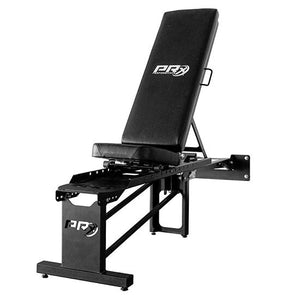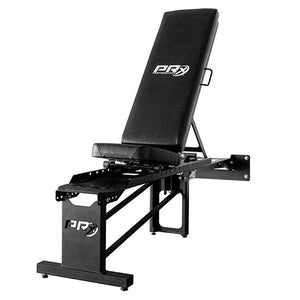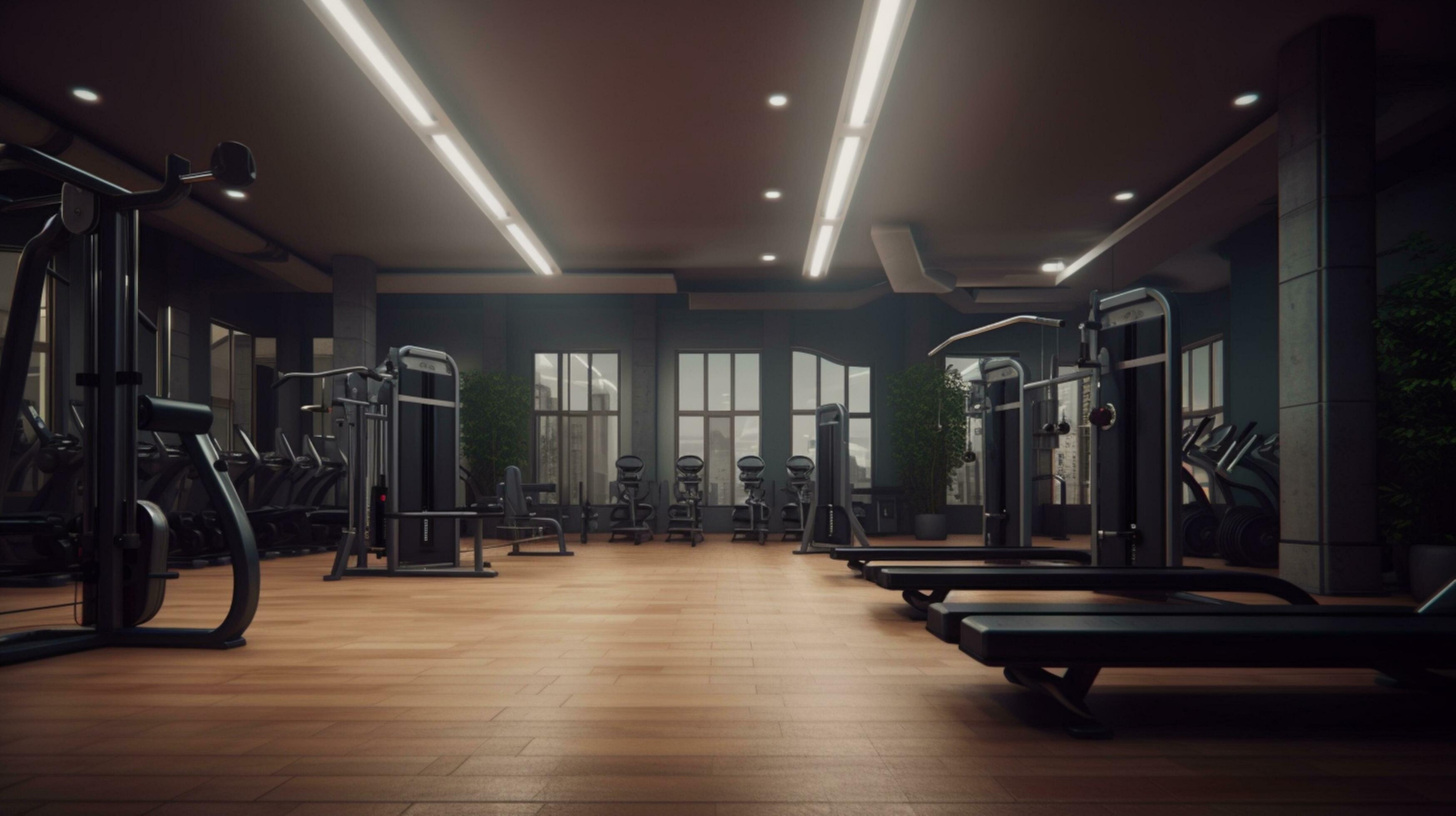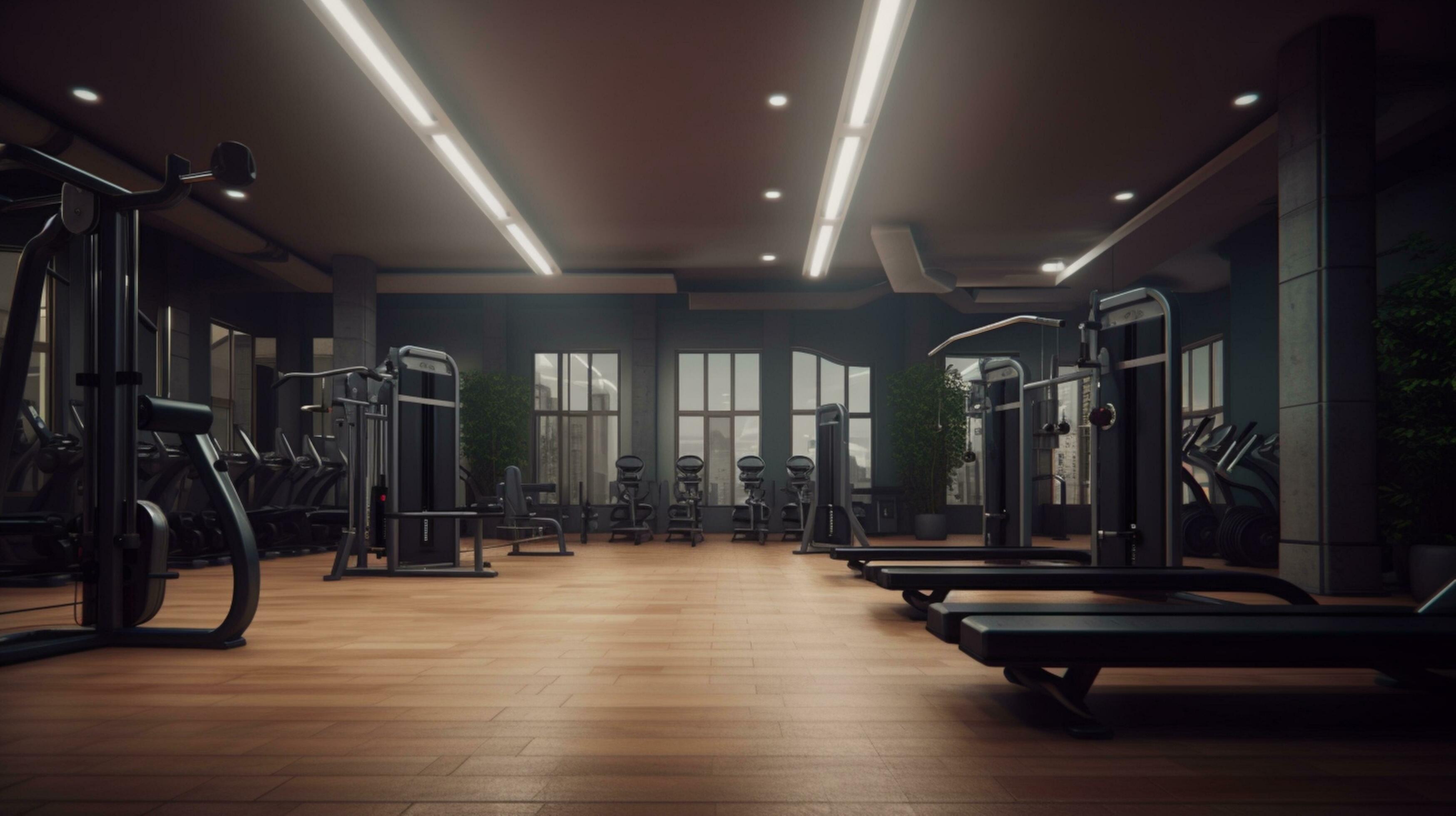-


PRx Performance Mobility Bands
Regular price From $10.99Sale price From $10.99 Regular price -
-$10.00


PRx Performance Nylon Covered Battle Rope
Regular price $89.99Sale price $89.99 Regular price$99.99You Saved $10.00 -


PRx Performance Olympic E-Z Curl Barbell
Regular price $136.99Sale price $136.99 Regular price$129.99 -


PRx Performance Olympic Hex Barbell
Regular price $209.99Sale price $209.99 Regular price -


PRx Performance Open Row Cable Attachment
Regular price $62.99Sale price $62.99 Regular price -


PRx Performance Post Landmine (The Torsonator)
Regular price $61.99Sale price $61.99 Regular price -


PRx Performance Powder Coated Cast Iron Kettlebells
Regular price From $20.99Sale price From $20.99 Regular price -


PRx Performance Prime Bumper Plates
Regular price From $61.99Sale price From $61.99 Regular price -


PRx Performance Profile® Flat Portable Folding Weight Bench
Regular price $472.99Sale price $472.99 Regular price -


PRx Performance Profile® Folding Full Cage Rack
Regular price $1,599.99Sale price $1,599.99 Regular price -


PRx Performance Profile® Incline Folding Portable Weight Bench
Regular price $922.99Sale price $922.99 Regular price -


PRx Performance Profile® Landmine Attachment
Regular price $130.99Sale price $130.99 Regular price -


PRX Performance Profile® ONE Folding Squat Rack (no bar)
Regular price $649.99Sale price $649.99 Regular price -


PRx Performance Profile® ONE Squat Rack with Pull-Up Bar
Regular price From $849.99Sale price From $849.99 Regular price -


PRx Performance Profile® PRO Folding Squat Rack (no bar)
Regular price $749.99Sale price $749.99 Regular price -


PRx Performance Profile® PRO Functional Trainer
Regular price From $2,149.99Sale price From $2,149.99 Regular price
Home Gym Equipment — Complete Systems & Strength Training Solutions
Build your perfect home gym with professional-grade equipment delivering commercial-quality workouts in residential spaces. From power racks and functional trainers to multi-station systems and Swedish ladders, choose complete home gym solutions enabling comprehensive strength training, muscle building, and fitness development without recurring gym memberships or travel time.

Frequently Asked Questions
What equipment do I need for a complete home gym?
How much does home gym equipment cost?
How much space do I need for home gym equipment?
Is home gym equipment as effective as commercial gyms?
What's the difference between power racks and functional trainers?
Can I build muscle effectively with home gym equipment?
How do I choose between multi-station systems and individual equipment?
What weight capacity should I look for in home gym equipment?
Do I need professional installation for home gym equipment?
Can home gym equipment work in apartments or condos?
How do I maintain home gym equipment?
What brands make the best home gym equipment?
Featured Home Gym Equipment




Home Gym Equipment Buying Guide
Define Training Goals
- Strength Building: Power racks and barbell equipment enable heavy compound lifts building foundational strength through progressive overload and Olympic lifting movements.
- Muscle Development: Multi-station home gym systems or functional trainers provide exercise variety and isolation movements optimizing hypertrophy through targeted muscle stimulation.
- General Fitness: Swedish ladders and bodyweight stations offer versatile home workout equipment supporting cardio, flexibility, and functional movement training without extensive setups.
Assess Space & Budget
- Space Requirements: Measure available area including ceiling height and door clearances. Compact equipment like wall bars need 6x6 feet while comprehensive setups require 10x12 feet.
- Budget Planning: Entry-level garage gym equipment starts under $1,000. Mid-range complete systems cost $2,000-$4,000. Premium commercial-grade installations exceed $6,000-$10,000+.
- Future Expansion: Start with essential equipment pieces enabling gradual additions as budget allows versus comprehensive single purchases potentially exceeding immediate financial capacity.
Select Quality Features
- Construction Quality: Heavy-gauge steel frames, reinforced welds, and precision bearings indicate professional-grade home gym equipment lasting decades under consistent training intensity.
- Weight Capacity: Choose equipment rated 50-100% beyond maximum anticipated loads ensuring safety margins and accommodating strength progression over time.
- Versatility: Adjustable components, multiple exercise stations, and accessory compatibility maximize workout variety preventing boredom and supporting comprehensive fitness development.
Key Benefits of Home Gym Equipment
Ultimate Convenience
Home gym equipment eliminates travel time, parking hassles, and facility wait times providing immediate workout access increasing training consistency—the primary factor determining fitness success. Workout whenever schedules permit supporting early morning training, late evening sessions, and spontaneous midday breaks impossible with commercial gym dependencies. Private home workout equipment enables focused training without distractions, crowding, or equipment sharing supporting optimal workout quality and intensity.
Long-Term Investment
Quality home gym equipment eliminates recurring membership fees saving thousands over equipment lifespan while providing superior value compared to commercial alternatives. $50 monthly gym fees total $6,000 over ten years while professional garage gym equipment lasts 20-30+ years serving entire families maximizing per-user economics. Initial investment pays dividends through decades of reliable service supporting generational fitness supporting children's development, adult strength maintenance, and senior mobility preservation within single equipment purchases.
Private Training Environment
Home workout equipment creates judgment-free zones encouraging beginners exploring fitness without self-consciousness while enabling advanced athletes pursuing specialized programming without external interference. Private settings support learning proper technique through video analysis, implementing unconventional training methods, and maintaining focus during intense training sessions. Complete home gym sets accommodate family training schedules enabling parents supervising children's workouts, couples training together, and multigenerational fitness participation strengthening family health culture.
Complete Control
Garage gym equipment enables total environmental customization—temperature control, music selection, equipment configuration, and training schedule flexibility impossible in commercial facilities. Implement preferred training methods without facility restrictions or judgment. Store personal accessories and equipment avoiding carrying gym bags. Train shirtless, barefoot, or wearing preferred attire without dress codes. Home gym systems support complete training autonomy empowering lifelong fitness adherence through personalized optimal training conditions matching individual preferences and supporting sustainable long-term workout consistency.
Compare Home Gym Equipment Types
| Equipment Type | Space Required | Best For | Key Features | Price Range | Shop |
|---|---|---|---|---|---|
| Power Racks | 8x8 feet minimum | Barbell training, heavy compound lifts | Adjustable safety spotters, pull-up bars, J-hooks | $900-$2,500 | View Details |
| Functional Trainers | 8x8 feet minimum | Cable exercises, isolation work, versatility | Adjustable pulleys, weight stacks, multiple attachments | $1,999-$4,399 | View Details |
| Multi-Station Systems | 10x12 feet minimum | Complete workouts, multiple users, space efficiency | Integrated weight stacks, multiple exercise stations | $3,675-$7,980 | View Details |
| Swedish Ladders | 6x6 feet wall space | Bodyweight training, flexibility, space-limited areas | Wall-mounted, solid wood, pull-up capability | $649-$2,679 | View Details |
| Smith Machines | 8x10 feet minimum | Guided barbell movements, solo training safety | Fixed barbell path, integrated safety catches | $4,610-$5,598 | View All |
| Cable Crossovers | 10x12 feet minimum | Commercial-grade cable work, professional training | Dual weight stacks, multiple cable positions | $6,270-$7,838 | View All |
Delivery & Setup
Home gym equipment ships via freight carriers with 2-4 week delivery timelines for commercial-grade systems. Large items arrive on pallets requiring liftgate service for residential deliveries. Verify delivery access—steep driveways, narrow doorways, or stairs may need professional movers. Schedule delivery during available times ensuring someone receives shipments and inspects for damage.
Prepare installation areas before equipment arrival measuring spaces confirming adequate clearances. Remove obstacles from delivery paths ensuring freight access to final locations. Check ceiling heights, doorway widths, and floor load capacities supporting heavy garage gym equipment. Consider flooring protection—rubber mats prevent damage and reduce noise. Plan equipment layout optimizing workout flow and future expansion.
Most home gym equipment requires assembly taking 2-8 hours depending on system complexity. Power racks need basic tools and helper assistance. Multi-station systems involve multiple people managing large components. Manufacturer instructions provide step-by-step guidance. Professional assembly services available through retailers typically cost $200-$500 depending on equipment complexity ensuring proper setup.
Inspect assembled home workout equipment checking bolt tightness, cable routing, and safety mechanism function before first workout. Test adjustable components ensuring smooth operation and proper locking. Verify weight stack alignment and pulley operation. Document setup taking photos useful for future maintenance or customer support. Perform test exercises at light resistance confirming proper equipment function before intense training.
Care, Warranty & Shipping
Home gym equipment requires basic maintenance ensuring optimal performance over decades of training. Wipe down contact surfaces after workouts removing sweat preventing corrosion and padding degradation. Lubricate moving parts quarterly including pulleys, bearings, and guide rods maintaining smooth operation. Inspect cables monthly checking for fraying replacing immediately when wear appears. Tighten bolts and connections quarterly as workout vibrations gradually loosen hardware. Check weight stack pins and safety catches before sessions ensuring proper function. Store equipment in climate-controlled environments when possible avoiding temperature and humidity extremes affecting components.
Professional home gym equipment typically includes manufacturer warranties covering structural frames (lifetime to 10 years) and moving parts (1-5 years) depending on brand and model. Warranties exclude damage from improper assembly, unauthorized modifications, or commercial use of residential equipment. Most systems ship freight requiring 2-4 weeks delivery with professional assembly available. Steelflex, PRx Performance, and BenchK provide customer support assisting setup questions and maintenance guidance ensuring maximum value from garage gym equipment investments supporting decades of fitness achievement.



































